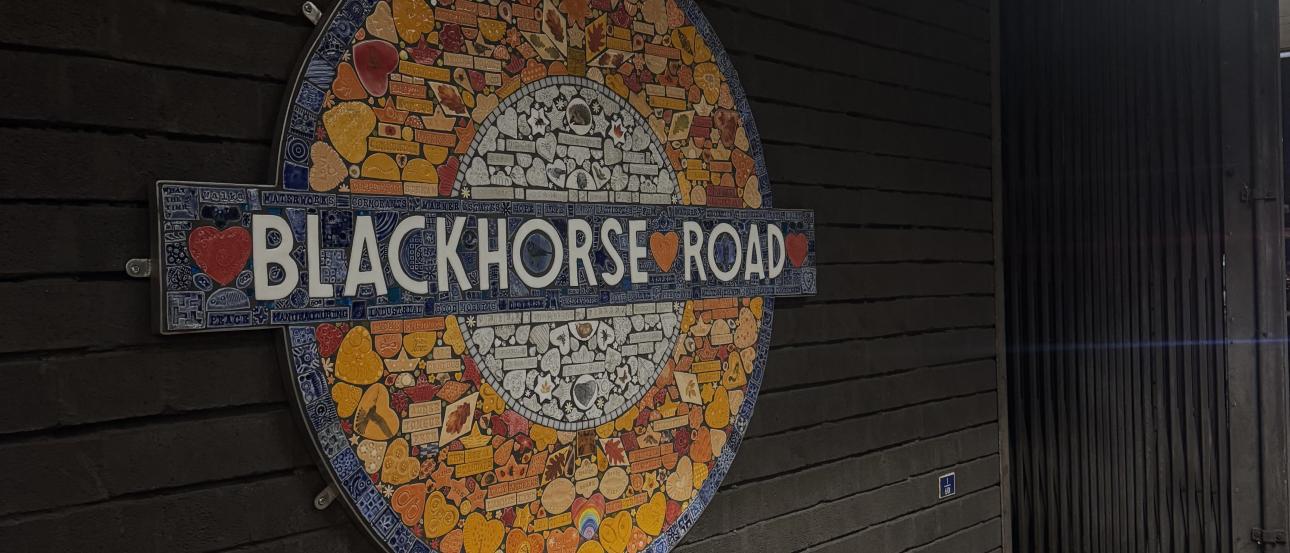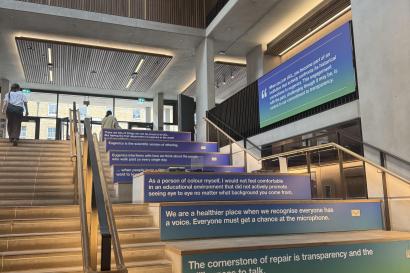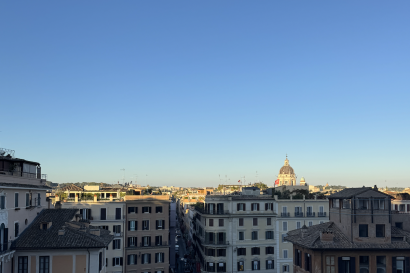When studying abroad in a new country, there are certainly many challenges and adjustments to be made when learning how to navigate new countries and cultures. However, one of the most important things to learn when studying abroad, especially right off the bat, is how to navigate public transit in your city. For me, having access to the tube through Transport for London (TFL) was one of the best parts about studying abroad in London, as the tube provided easy and extensive access to all of London and its surrounding areas. I was even able to use it to travel to the Seven Sisters Cliffs in Dover, all the way to coastal England! While certainly a bit more expensive than I would have hoped, particularly since I go to university in Washington, D.C. where my Metro pass is included in my tuition, the price is certainly worth the ease and convenience that the London underground provides.
One of the biggest recommendations that I have for studying abroad or living in London and using the public transport system is to buy a TFL card and get a monthly or weekly pass to put on it, depending on how long you’ll be there. While TFL definitely makes it easy to pay to go in and out of each station by allowing contactless pay for any form of debit or credit card that you can simply tap on the meter, I felt that it definitely saved me money to pay for a monthly pass. Your underground charges are typically capped at roughly $12 per day, so once you’ve paid $12 in one day for the tube, it won’t charge you anymore no matter how many more times you use it in that day. Within the first couple week of being in London, I quickly realized that I was hitting this $12 cap almost every day, as I had to use to tube to get pretty much anywhere in London. After running the numbers a little bit, I figured out that paying the flat monthly fee for a monthly pass on my TFL card would end up saving me money rather than paying by card each time I used the tube.
A huge bonus to using the tube that I found to be much better than my experience with the Washington, D.C. Metro that I’m so used to using, is that trains come very regularly and the organization of most underground stations is very straightforward and easy to follow. There’s a huge amount of signage throughout each station directing you to all of the different platforms and exits, so as long as you’re paying attention to the signs and you know where you need to go, you should have very little issue with navigating London’s underground system. As I’ve traveled both in the U.S. and internationally, I’ve used the public transit systems of many different cities, and I can confidently say that London has one of the easiest and most accessible underground systems that I’ve used, and it has certainly made the learning curve of moving to London much easier.



